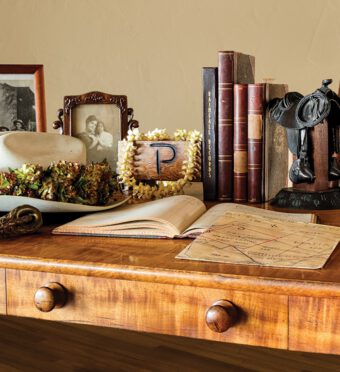History
Historic moments that shaped Parker Ranch.
Parker Ranch has a storied past, intertwined with the Waimea community. Over the years, several key events have significantly shaped the development and growth of the Ranch, leaving a lasting impact on Waimea. Below are a few pivotal moments that have profoundly influenced Parker Ranch and its legacy.

The birth of King Kamehameha I in Kohala, Hawai‘i marks the beginning of a lineage that would greatly influence Hawaiian history.

Captain Cook’s arrival in Kealakekua Bay on Hawai‘i Island signifies the first known Western contact in Hawai‘i, setting the stage for future interactions and changes.
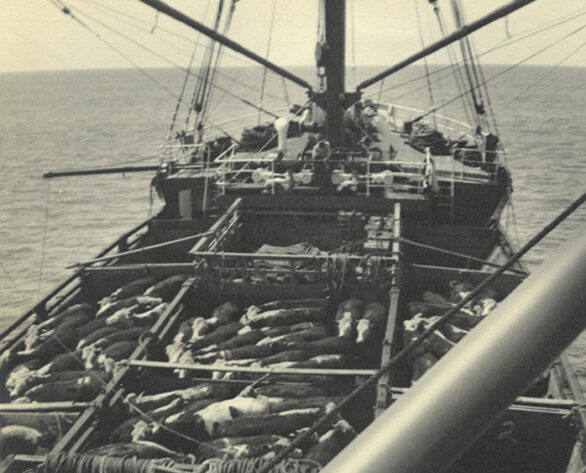
Captain George Vancouver gifts seven head of cattle to King Kamehameha I, who places a kapu (prohibition) on the cattle, allowing them to multiply and roam freely.
The lucrative sandalwood trade with China begins, altering the economic landscape of the Islands.

John Palmer Parker, a 19-year-old sailor from Massachusetts, arrives at Kawaihae, Hawai‘i Island, marking the beginning of his influential journey.
King Kamehameha I unites the Hawaiian Islands into a single kingdom, fostering a new era of governance and unity.
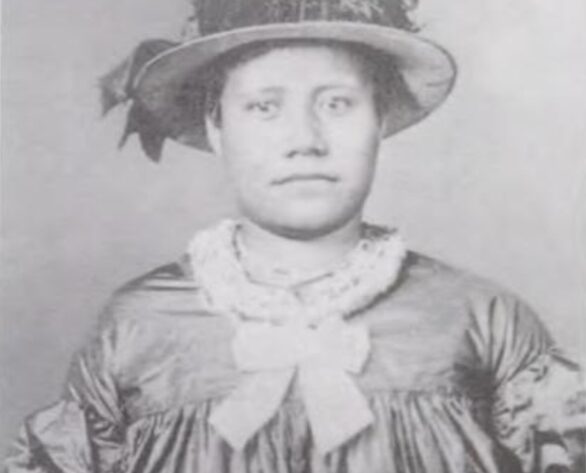
John Palmer Parker marries Kipikane, the granddaughter of King Kamehameha I, solidifying his integration into Hawaiian society.
The whaling industry takes root in Hawai‘i, introducing new economic opportunities.
John Palmer Parker receives the King’s permission to hunt wild cattle, establishing a thriving beef industry that would sustain the Islands and beyond.
The death of Kamehameha I marks a turning point in Hawaiian history.

King Kamehameha III invites Spanish-Mexican vaqueros to the Islands to teach cattle handling, giving birth to the Hawaiian Paniolo tradition.

Parker Ranch is formally established when John Palmer Parker purchases two acres of land at Mānā, creating the nucleus of what would become a vast ranching empire.
The Great Mahele allows for the privatization of land in Hawai‘i, transforming land ownership dynamics.

The Kingdom of Hawai‘i, under Queen Lili‘uokalani, is illegally overthrown, leading to significant political upheaval.

The United States annexes Hawai‘i as a territory, further altering the Islands’ political landscape.
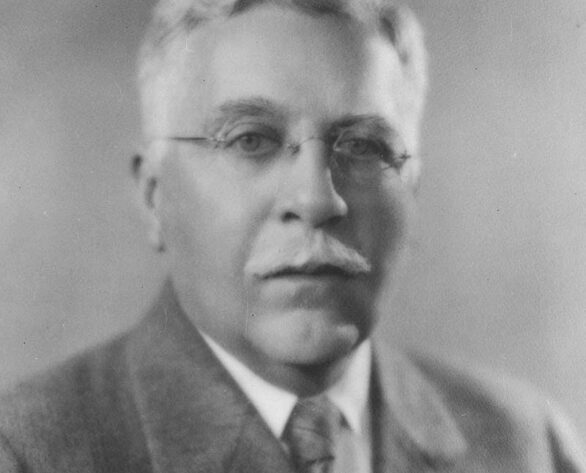
Alfred Wellington “A.W.” Carter becomes trustee and manager of Parker Ranch, guiding its growth and development.
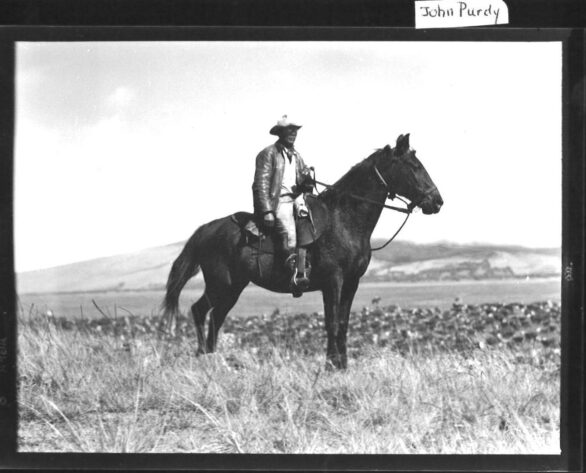
Waimea Paniolo Ikua Purdy, Jack Low, and Archie Ka‘aua achieve national recognition at the Frontier Days rodeo in Cheyenne, Wyoming, showcasing the skill and prowess of Hawaiian cowboys.

Parker Ranch acquires its first steamship to transport cattle from Hawai‘i Island to Honolulu, enhancing its logistical capabilities.

Richard Palmer Smart inherits Parker Ranch at the age of two, setting the stage for future leadership.
Japan’s attack on Pearl Harbor marks the U.S. entry into WWII, bringing global conflict to Hawai‘i’s doorstep.
Parker Ranch leases land to the U.S. military, transforming Waimea into a training ground for Marines preparing for the battle of Iwo Jima, and introducing modern amenities to the community.
Land at Kauna‘oa Beach is sold to Laurance Rockefeller, leading to the construction of the Mauna Kea Beach Hotel, the first resort of its kind in Hawai‘i.
Parker School opens, furthering the Ranch’s commitment to education.

Richard Palmer Smart passes away, leaving the Ranch in a beneficial trust to support Parker School, Hawai‘i Preparatory Academy, Hawai‘i Community Foundation’s Richard Smart Fund, and Queen’s North Hawai‘i Community Hospital.
Parker Ranch continues to honor its rich history and legacy while fostering responsible growth and sustainable practices.
Through these key moments and ongoing efforts, the Ranch remains a vital and enduring pillar of the Waimea community.
Waimea: A Rich Historical Tapestry
The Kohala District, the northernmost region of the Big Island, holds profound historical and cultural significance, deeply intertwined with the legacy of Parker Ranch. This area, renowned for its extensive Kohala field systems, sustained vast populations in the pre-contact era, a testament to the ingenuity of its ancient inhabitants. Waimea, known as the “Red Water,” has been central to this region’s history and the Parker Ranch story.

The district is also the birthplace and ancestral home of King Kamehameha, born around 1753 near the sacred Mo‘okini Heiau at ‘Upolu Point. This temple, one of Hawai‘i’s most famous and well-preserved, was traditionally built by the Polynesian priest Pa‘ao. The Kohala coast, including the areas of Kawaihae and Waimea, was a battleground for the island’s six kingdoms, with fleets from Maui often landing along the coast to challenge the island chiefs, leaving their mark by cutting down coconut trees at Kawaihae in defiance.
Waimea’s historical significance is further enriched by the spiritual journeys of the Ali‘i wahine, who trekked to Maunakea for spiritual enlightenment, and by the region’s bird catching and sandalwood trade, once vital aspects of its economy. The ancient temple of Mailekini at Kawaihae, a strategic prize, was held by the South Kohala chief, further anchoring this region’s importance in the storied past of Hawai‘i.
Parker Ranch, set against this rich historical tapestry, continues to honor and preserve the cultural legacy of Kohala, Waimea, and the surrounding areas.



